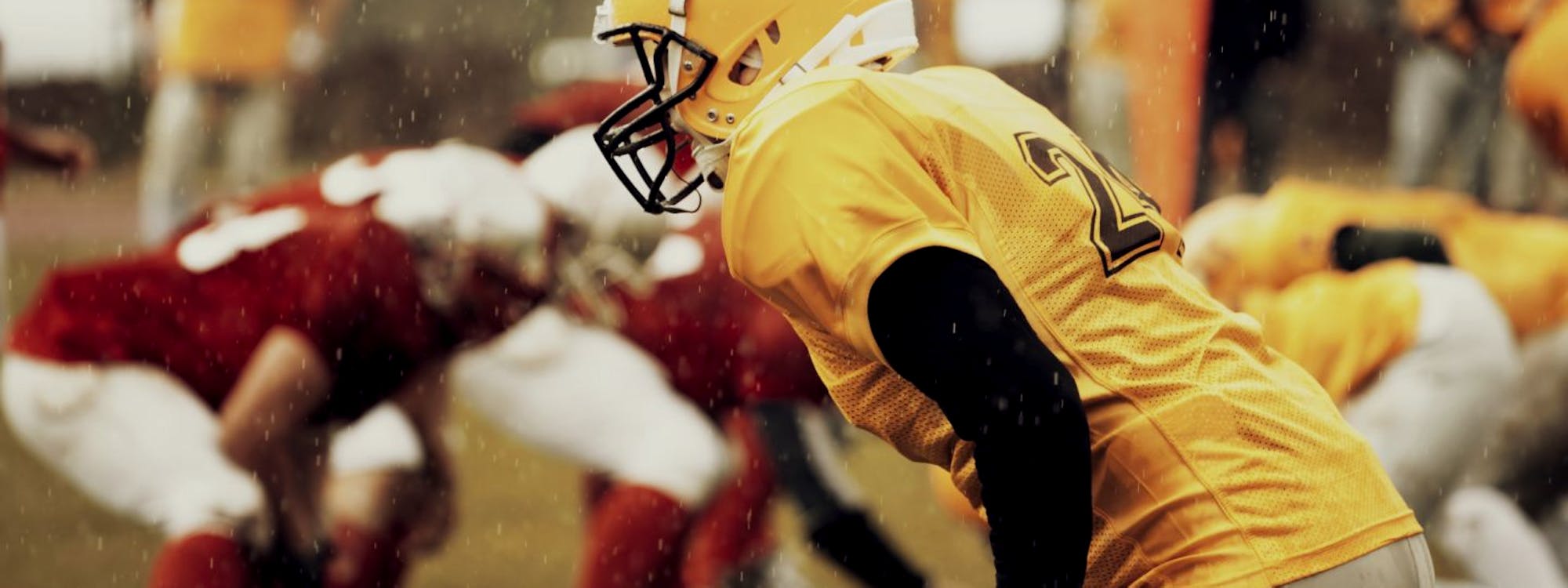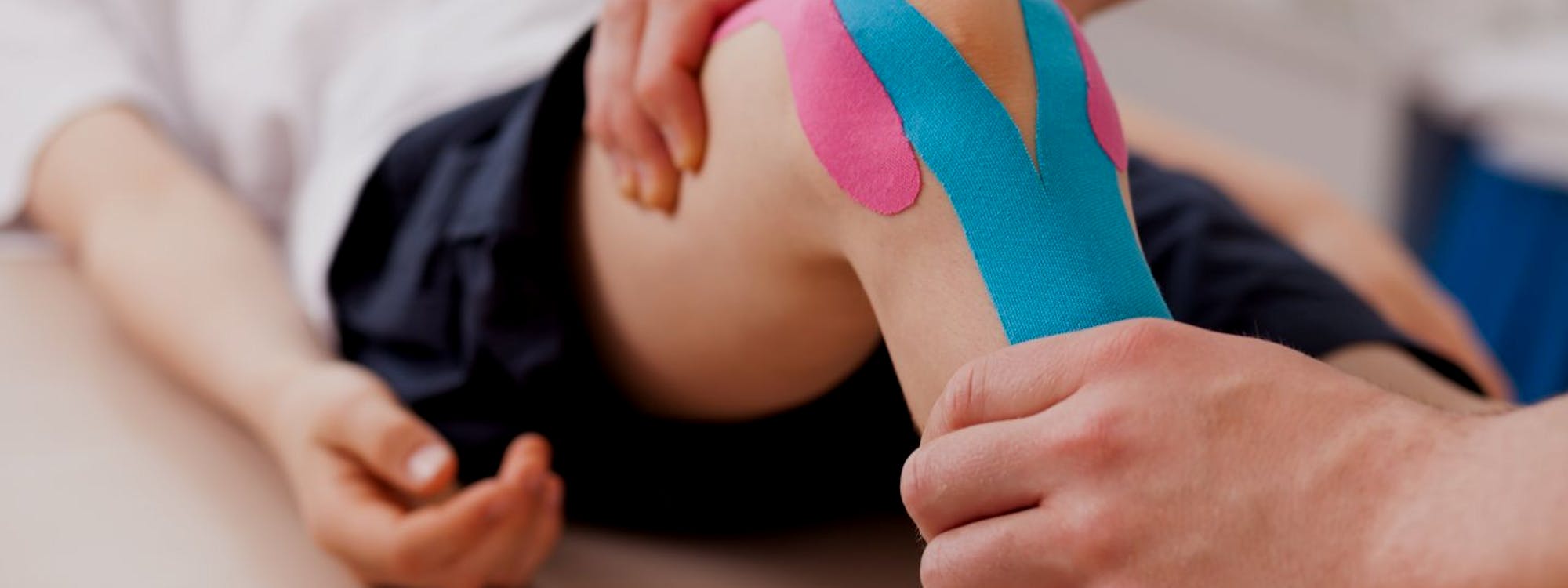
Running injuries are seldom the result of an acute or sudden event. Instead, they are usually the result of cumulative micro-trauma also known as repetitive overuse injuries.
Sixty-five percent of all runners experience a running injury in a given year according to Runner’s World. Common running injuries that may require the attention of a physical therapist include:
- Calf (gastrocnemius/soleus) strains
- Plantar fasciitis
- Hip bursitis
- Iliotibial Band Friction Syndrome
- Patellofemoral pain (kneecap problems)
- Shin splints
- Hamstrings strains
- Tibialis posterior tendonitis
A Thorough Physical Therapy Evaluation is Where Treatment Begins
Runners can suffer from a variety of injuries and there are numerous reasons why a runner might be experiencing pain. The first thing your physical therapist will do is perform an evaluation. This consists of the following:
- Your past medical history
- Your current complaints
- What makes the problem better and worse
- Any past or present treatment
Then a thorough physical exam is performed including:
- Strength
- Endurance
- Flexibility
- Foot, knee, hip, pelvis mechanics
- Observation and analysis of your running style (gait analysis)
- Examination of your footwear and any orthoses if used
How a Physical Therapist can Help
Physical therapists can help runners recover from injuries as well as decrease the chance that they will return. Improving the following can help make your movements more efficient and increase your performance:
- Running technique
- Thigh and calf strength
- Hip/core stability
- Quadriceps, hamstrings, and calf flexibility
- Foot mechanics (decreasing excess pronation)
- Shock absorption
- Training strategies (frequency, training time, distance, environment)
Conservative care for running injuries is important. Runners that push through pain can cause long-lasting injuries that may limit training and performance. Seeing a physical therapist that is trained in the evaluation and treatment of running injuries can help.




